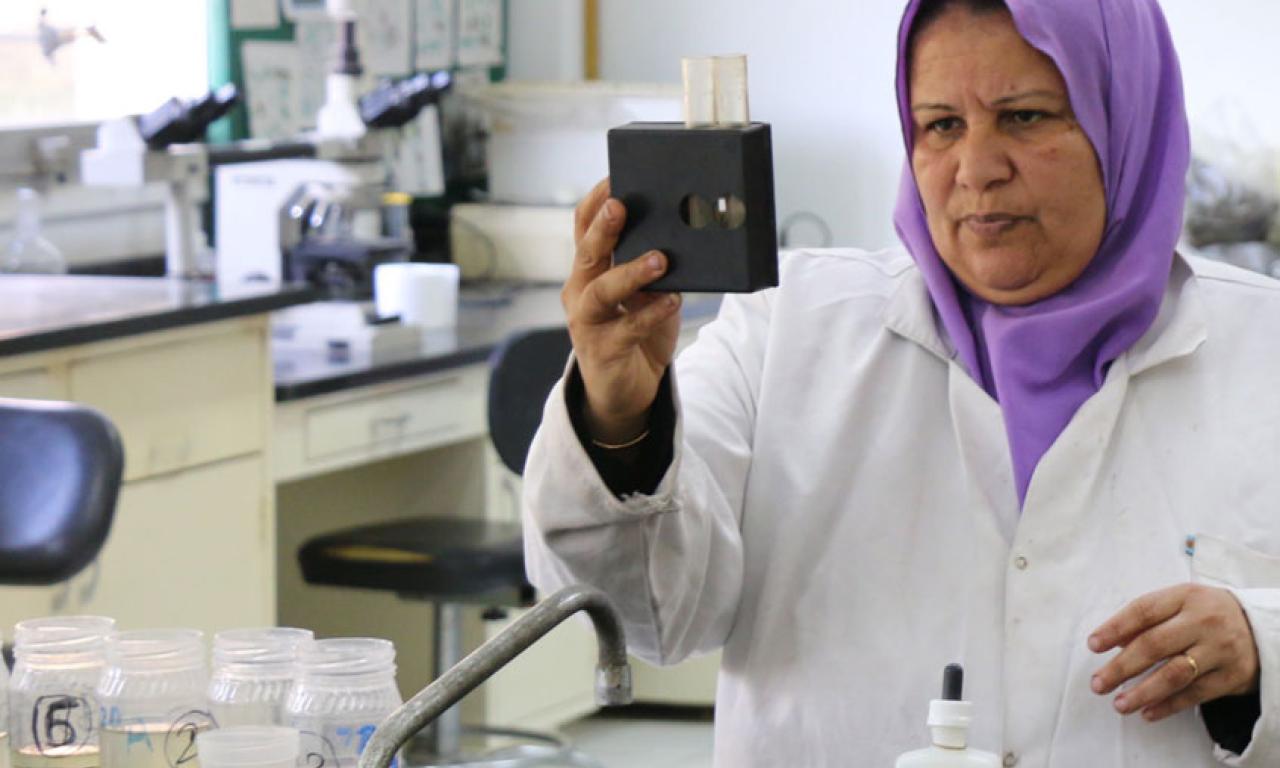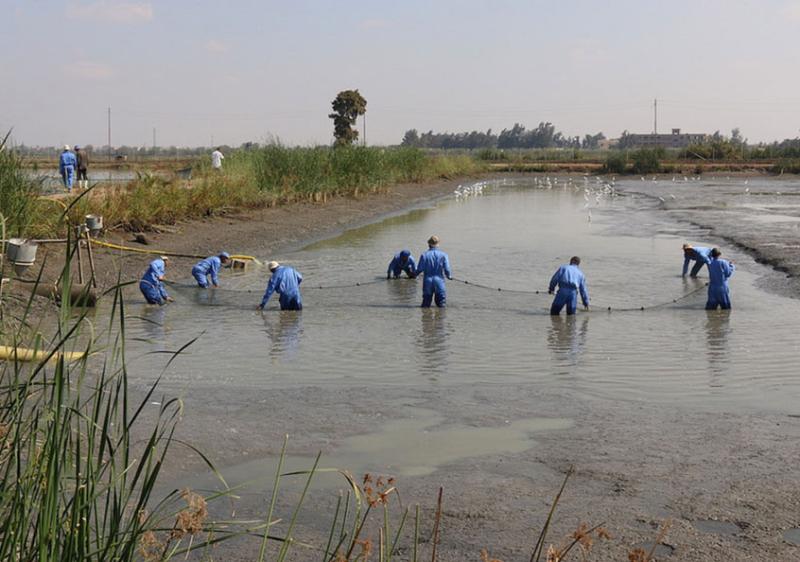
By 2025, African governments hope that 40 percent of the total fish consumed in Africa will be met by aquaculture. Ongoing research and training provided by the WorldFish-run Africa Aquaculture Research and Training Center in Egypt will be critical to achieving this goal.
Recommended publications
- Relative performance of two Nile tilapia (Oreochromis niloticus Linnaeus) strains in Egypt: The Abbassa selection line and the Kafr El Sheikh commercial strain
- Review of training for the period 1999-2009: Worldfish Aquaculture Research and Training Center, Abbassa, Egypt
By 2025, African governments hope that 40 percent of the total fish consumed in Africa will be met by aquaculture.
Ongoing research and training provided by the WorldFish-run Africa Aquaculture Research and Training Center in Egypt will be critical to achieving this goal.
Watch the five-minute video below to learn about the center’s vital work to develop aquaculture, also known as fish farming, as a source of nutritious and affordable fish for Africa.
The center provides training on best-practice techniques to workers in the fish farming sector from Egypt and across Africa. To date, over 1690 government officers, university staff members, farmers, extension agents and researchers from 105 countries have received training.
“We learned many different techniques in aquaculture and hopefully when I get back to my country it will help in capacity building,” said training participant Folani A. Olayinka, a fisheries officer from Nigeria.
The best-practice trainings are based on findings from the center’s research into new and improved fish farming technologies, which has been ongoing since the center opened in 1998.
Since 2000, the center has run a breeding program for a faster-growing strain of Nile tilapia, known as the Abbassa improved strain. Dissemination of the Abbassa strain has benefited many farmers in Egypt, the third-largest tilapia-producing country in the world.
“I used to produce four tons of tilapia,” explained Egyptian fish farmer Hamada Refaat Attia. “But now, after using the Abbassa strain, the total production of my ponds is about five tons.”

Spread over 62 hectares in the Nile delta, the center has 185 earthen ponds, 75 indoor concrete tanks and a research laboratory. These facilities are used by research institutions and private businesses from Africa and beyond to engage in collaborative research with the center.
In 2016, the global feed manufacturer Skretting partnered with WorldFish to establish a new Fish Nutrition Research Unit at the center. “The current experiments aim to evaluate the performance of local raw materials on fish growth, survival and their digestibility,” said Mahmour Asfoor, Marketing and Communications Assistant Manager for Skretting in Egypt.
With 30 percent of Africa’s population currently undernourished, the center’s research and training will enable the growth of aquaculture and lead to enhanced food and nutrition security across the continent.